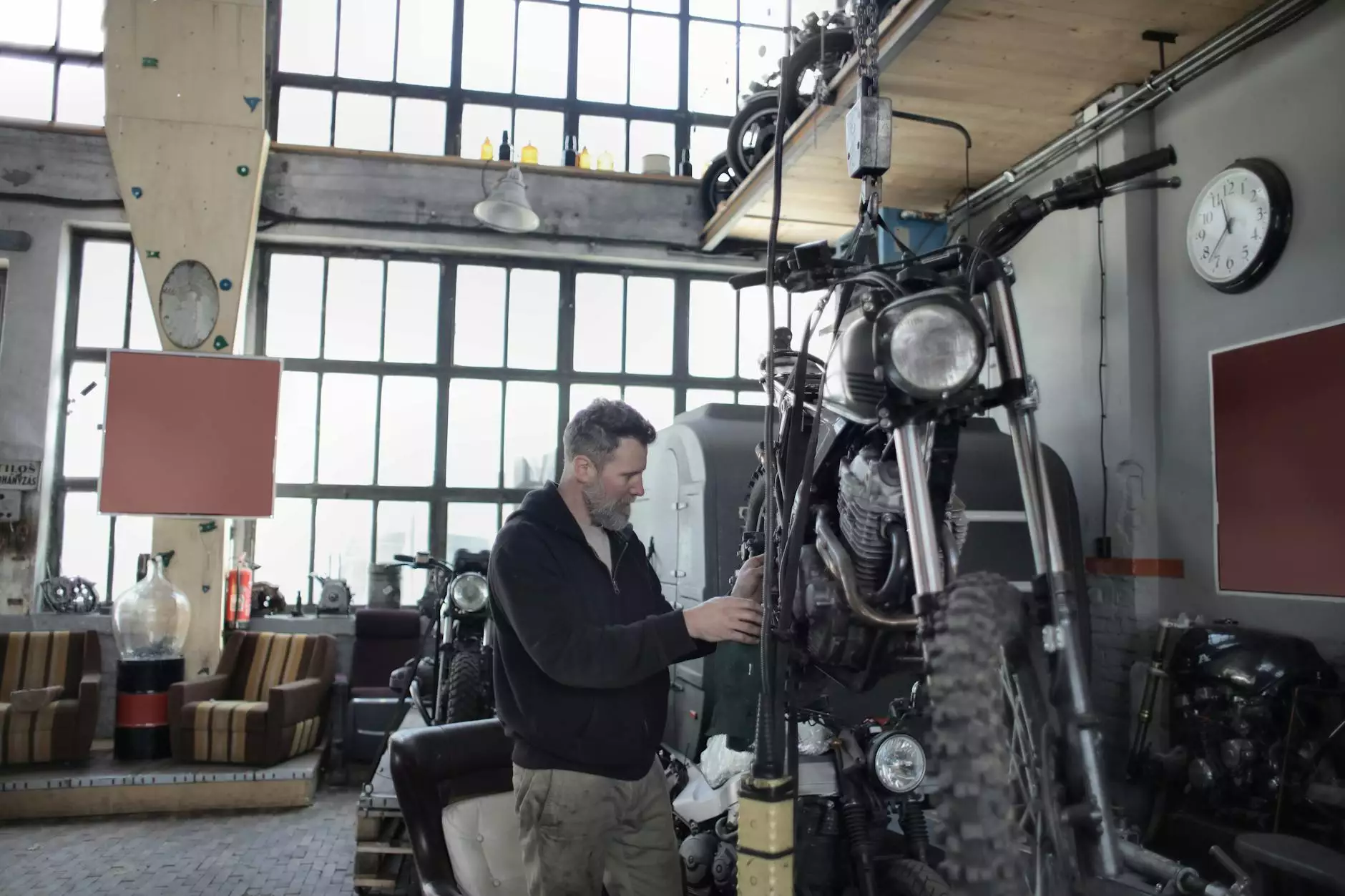The Power of Hydro Renewable Energy

In today's dynamic world, the quest for sustainable and eco-friendly energy sources has never been more crucial. As the global population continues to grow, so does the demand for energy. It is imperative that we find ways to meet this growing need in a manner that is both efficient and environmentally responsible. This is where hydro renewable energy comes into play.
What is Hydro Renewable Energy?
Hydro renewable energy is the process of generating electricity from water. It harnesses the power of moving water, such as rivers, and converts it into clean, renewable energy. This technology has been around for centuries, dating back to water wheels used in ancient times. However, modern hydroelectric systems have evolved significantly, utilizing turbines and generators to produce electricity on a larger scale.
The Benefits of Hydro Renewable Energy
One of the most significant advantages of hydro renewable energy is its reliability. Unlike other renewable energy sources like solar and wind, water flow in rivers is consistent and predictable, making hydroelectric power a stable and dependable energy source. Additionally, hydro energy is clean and emission-free, producing minimal greenhouse gases and pollutants compared to fossil fuels.
Furthermore, hydro renewable energy plays a crucial role in reducing our dependence on non-renewable resources. By harnessing the power of water, we can decrease our reliance on fossil fuels and move towards a more sustainable energy future. This transition is essential in combating climate change and preserving our environment for future generations.
Types of Hydro Renewable Energy
There are several types of hydro renewable energy systems, each with its own unique characteristics:
- Run-of-River Systems: These systems generate electricity using the natural flow of a river, without the need for a dam. They have minimal impact on the environment and wildlife.
- Reservoir Systems: These systems store water in a reservoir created by a dam. When electricity demand is high, water is released to generate power. While they offer control over electricity production, they can impact downstream ecosystems.
- Pumped Storage: This technology stores excess electricity by pumping water from a lower reservoir to an upper reservoir during off-peak hours. When demand rises, water is released downhill to generate electricity.
The Future of Hydro Renewable Energy
As we strive towards a more sustainable future, the role of hydro renewable energy will continue to grow in importance. With advancements in technology and an increasing focus on clean energy solutions, hydroelectric power is poised to play a significant part in meeting our energy needs while reducing our carbon footprint.
At Our Power, we are committed to promoting the benefits of hydro renewable energy and helping pave the way for a greener tomorrow. Join us in embracing the power of water and harnessing its potential to create a more sustainable and prosperous world for all.









